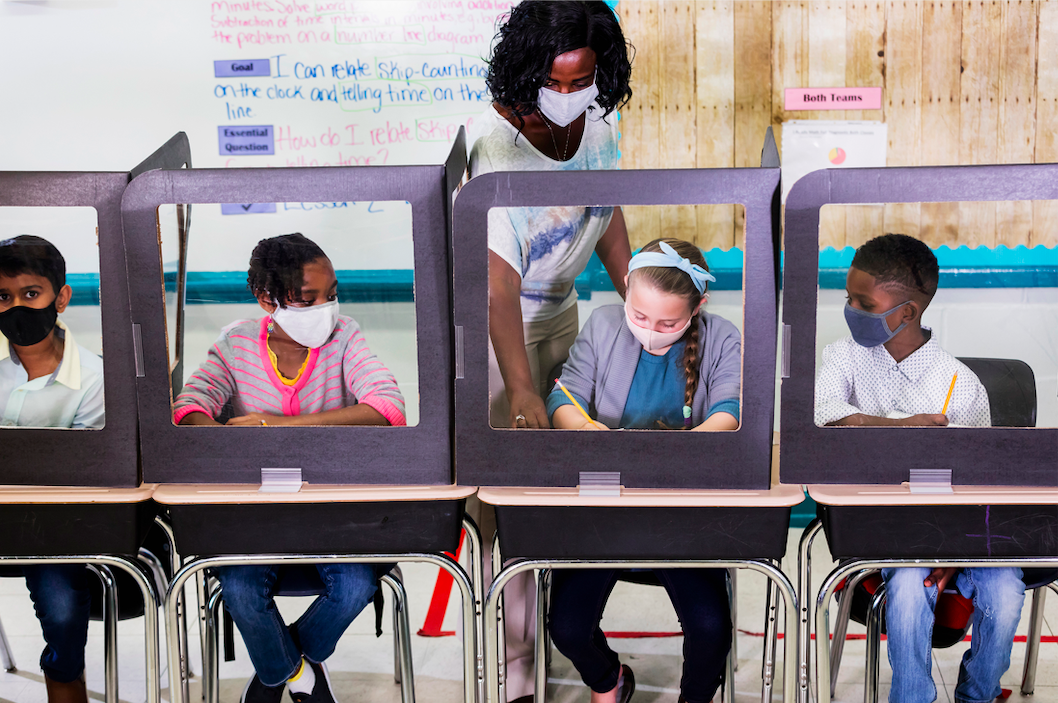When it comes to the emotional well-being of students post-pandemic, a new study reveals that teachers expect significant challenges when schools make a full return to in-person learning.
The study, commissioned by the Crisis Prevention Institute (CPI), the world leader in de-escalation training, shows that 84% of teachers say student trauma, mental health issues and increased anxiety are their biggest concerns with full classroom re-entry.
“Many of those in school communities have faced adversity and trauma, ranging from upended routines to home isolation and loss of family members. Simply restarting school won’t erase the aftereffects,” says Susan Driscoll, president of CPI.
In many cases, the past year has simply exacerbated issues that predate COVID-19. It’s estimated that prior to the pandemic, nearly half of all students in the U.S. had experienced some form of trauma, according to the nonprofit research organization, WestEd.
Driscoll says that while the federal government’s COVID CARES Act will provide essential financial support at the district level, at the individual level, families and teachers are in a position to help make the transition as smooth and successful as possible. “Ideally, all individuals in a student’s life will be aligned in helping them prepare for their return to school,” she says.
Having trained more than 15 million individuals over four decades in its techniques, CPI is lending its unique knowledge during this transitional period. Here are some of the organization’s top tips for teachers and parents who are busy making preparations for the return to in-person learning:
• Create a good learning environment: Classrooms should be well-organized and structured, but also welcoming to reestablish a familiar routine.
• Listen empathetically: Offer your undivided attention, then provide thoughtful, nonjudgmental feedback.
• Rebuild trust: In a recent survey by the American Federation of Teachers and the New York Life Foundation, only 15% of educators said they feel very comfortable addressing students’ emotional needs caused or intensified by the coronavirus outbreak. While teachers may feel a bit unprepared in this area, making it clear to students that sharing their feelings and concerns is appreciated and encouraged will go a long way.
• Acknowledge your own anxiety: Take the time to understand the reasons you are feeling anxious and seek a positive outlet.
Additionally, CPI has created educator-specific supplemental content to its Nonviolent Crisis Intervention training. That training, which is approved for stimulus related federal funding via the Elementary and Secondary School Emergency Relief (ESSER) Fund, will focus specifically on recognizing the stages of an escalating crisis, as well as learning evidence-based techniques to appropriately de-escalate. During its 40-year history, CPI has trained more than 55,000 educators worldwide in non-violent crisis techniques that assist with de-escalating and managing heightened school situations. To learn more, visit crisisprevention.com/About-Us.
Opening the doors is only step one in returning students to the classroom. As the pandemic eases, parents and teachers will also need to actively address a year’s worth of isolation and anxiety.









